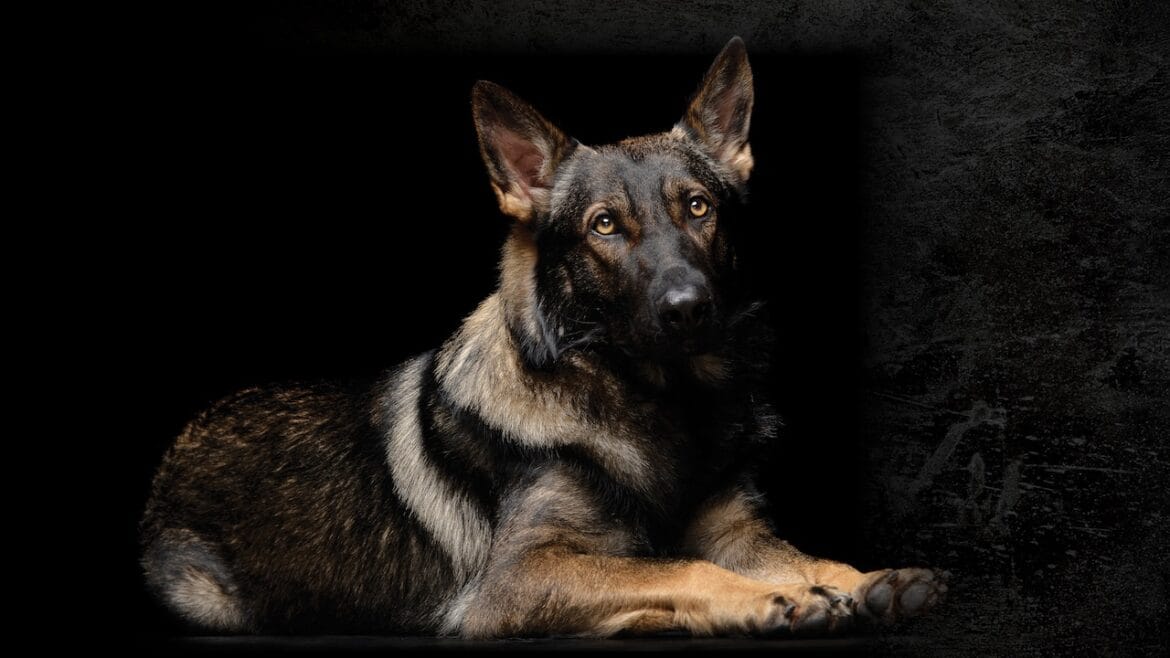Mold is a common issue that can impact our homes, often hidden in areas we may not frequently inspect, such as behind walls or under carpets. The presence of moisture can create an environment conducive to mold growth indoors, particularly in spaces like bathrooms, kitchens, and basements. Even minor infestations can pose health risks, leading to respiratory issues and allergic reactions, making it crucial for us to be aware of the signs of mold presence.
As homeowners, we are increasingly looking for effective ways to detect and eliminate mold. One innovative solution involves the use of specially trained dogs that can identify hidden mold with remarkable precision. With their heightened sense of smell, these canine teams can locate various types of mold without the need for intrusive measures, which saves time and can reduce costs in the mold removal process.
Mold Detection Dogs are a Truly Independent 3rd Party
Our reliance on mold detection dogs offers us a unique advantage in mold inspections. Unlike human inspectors, mold dogs provide an unbiased assessment of mold presence, which is crucial in ensuring accurate results. Unfortunately, the mold inspection industry is not without its flaws. Since the Environmental Protection Agency does not maintain a registry of certified mold inspection firms, individuals might encounter unscrupulous operators offering seemingly free inspections that lead to expensive remediation services.
This troubling business model can create conflicts of interest, where inspectors may feel pressured to misinterpret findings to generate more revenue for their services. In contrast, mold dogs bring honesty and integrity to the process. Much like police dogs, they work alongside their handlers, creating a bond that enhances their commitment to detecting mold.
Selecting the right canine for mold detection is essential. The ideal candidates possess a strong prey drive and respond effectively to commands. Renowned trainer Bill Whitstine, from the Florida Canine Academy and its Mold Dog division, provides extensive training for these specialized dogs. This training encompasses 600 to 1,000 hours and covers essential skills such as:
- Scent marking
- Search patterns
- Scent discrimination
With the proper preparation and training, mold detection dogs are equipped to identify mold efficiently and accurately, delivering us reliable outcomes without profit-driven bias.
They’re Great at Identifying Mold Sources
Mold detection dogs provide valuable assistance for homeowners questioning whether hidden mold is responsible for health issues. These specialized canines are also beneficial for real estate transactions. Engaging a mold dog allows real estate agents to swiftly address mold concerns, facilitating a quicker sales process.
State laws regarding mold disclosure differ significantly; federal law does not mandate a specific standard. Most states require sellers to reveal known property defects, which can sometimes include mold. In cases of unknown issues like hidden mold, real estate agents can rely on mold detection dogs for immediate answers, increasing transparency and trust during negotiations.
The presence of mold can significantly devalue a property, impacting its market price. Research indicates that homes with mold can experience a reduction in value of 20% to 37% even after remediation efforts. By employing mold detection dogs, we can ensure that potential buyers are fully informed about any hidden mold issues, thus allowing for thorough home inspections.
If an inspection identifies mold, both parties can negotiate remediation steps effectively, aiming for a solution that meets everyone’s needs. This proactive approach not only aids in maintaining property value but also fosters healthy communication between buyers and sellers.
Mold Detection Dogs Give Assurance to Anyone Concerned About Mold
Mold detection dogs play a crucial role in identifying mold by using their exceptional sense of smell to track down microbial odors. For many homeowners dealing with unexplained health issues, this service brings significant peace of mind. For instance, a family in Houston, Texas, found answers regarding their children’s unexplained illnesses when a mold detection dog named Xia identified seven areas of active toxic mold in their residence—four more than a traditional human inspector managed to discover.
Health complications that arise from mold exposure can range from muscle pain and brain fog to chronic fatigue and respiratory problems. Despite numerous doctor visits, many individuals continue to seek answers without resolution. Relying on the natural abilities of these trained dogs allows us to detect mold that may otherwise remain hidden.
If we suspect hidden mold in our living spaces, employing a mold detection dog offers a definitive assessment. Should the dog find no evidence of mold, we can eliminate that potential cause of our discomfort. Alternatively, if the inspection reveals mold presence, we gain clarity on specific areas that may warrant additional scrutiny.
Mold Detection Dogs Are a ‘Cutting Edge’ Tech in Identifying Mold
The advanced training and exceptional olfactory abilities of mold detection dogs position them as leaders in identifying mold. These dogs undergo specific training programs where they encounter various mold types, allowing them to differentiate between mold odors and other benign smells in residential settings.
Key Benefits:
- High Accuracy: These skilled dogs achieve a 90% accuracy rate, surpassing the 70% success rate of human inspectors.
- Intuitive Detection: They can locate mold without invasive methods, such as cutting into walls, and often identify mold in challenging areas, like ceilings or hidden spaces.
- Research Findings: A study from Florida International University and Florida Canine Academy revealed that dogs could accurately detect laboratory-cultivated mold strains with a 75% success rate, even when only trained on existing mold types found in drywall.
In contrast to traditional mold testing techniques, which typically rely on air quality assessments and other indicators, mold-sniffing canines provide a comprehensive examination of the area. Conventional methods often require extensive demolition to reveal hidden mold sources. By leveraging the remarkable sense of smell that these dogs possess, we gain a more precise understanding of mold issues within our environments.
Faster Detection Reduces Expenses
Mold inspections can be quite costly. Traditional methods range from $250 to $1,100. In contrast, employing a mold detection dog can cost as little as $500 for a home measuring 2,000 square feet. After inspection, mold remediation adds another layer of expense. Costs usually average around $2.50 per square foot, amounting to roughly $2,500 for a 1,000 square foot area.
Utilizing a mold dog not only enhances the speed of detection but also increases the accuracy of results. This efficiency allows us to address mold issues more swiftly, minimizing potential damage and associated costs. Addressing mold promptly is essential since typical homeowners insurance policies often only cover mold related to sudden incidents, such as burst pipes. It is important to note that insurance coverage can differ significantly.
Understanding potential expenses contributes to reduced stress as we navigate mold concerns. By opting for faster and more precise detection methods, we can work towards effective remediation strategies, saving both time and money in the long run. This proactive approach benefits homeowners, ensuring that mold problems are resolved efficiently and effectively, thereby protecting our living environments.







